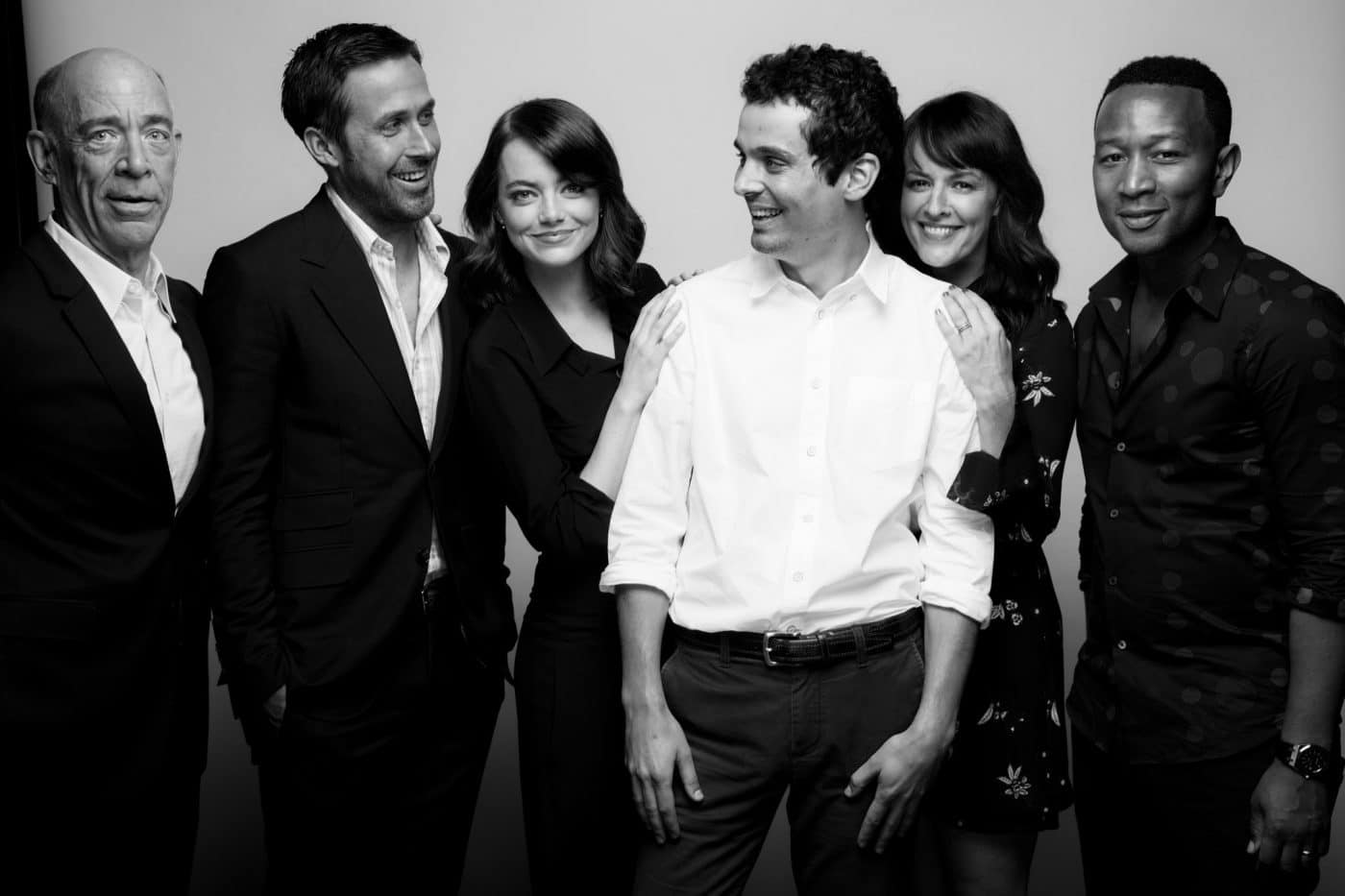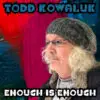[dropcap size=big]D[/dropcap]amien Chazelle, the writer, and director of both La La Land and Whiplash, has made quite a sting in the film industry. Short of a little Oscar embarrassment, La La Land managed to tie for the most ever nominations, taking home five of them.
So, the 32-year-old director took Hollywood by storm and managed to make one of the most well-received films of the past decade, right? Well, yes and no. Sure, Chazelle has plenty of talent to go around, but that’s not what sets him apart as a filmmaker.
Jazz
Jazz drummers need to be masters of two things: rhythm and dynamics.
A central theme of both Whiplash and La La Land is jazz, particularly jazz drumming. Not such a coincidence, Chazelle had aspirations of being a jazz drummer himself while he was in high school.
Most would agree that it’s good he jumped over to filmmaking, but the pursuit wasn’t in vain. Jazz drummers need to be masters of two things: rhythm and dynamics. Because jazz is often based around improvisation, drummers need to cater to the other musicians. That means they need to be able to jump left or right, go from 0 to 100, or from 100 to 0 without hesitation.
Filmmakers would round these two elements together under the name “pacing”. The idea that a narrative needs to bubble to a point, break, and then resolve. Pacing is important not only when looking at the script as a whole, but also in sequences, individual scenes, and sometimes even individual shots.
And that’s where Chazelle excels. Both La La Land and Whiplash show the emotional tension building throughout the film, with sudden dips and peaks keeping the momentum of the movie.
Rhythm
Filmmakers who look for a pulse in each part, and carry that over to the final cut, give a musicality to their films. That musicality builds and contracts each piece of dialogue to build tension throughout a scene.
Let’s start with rhythm. Mostly, rhythm is established when cutting the film together. This is giving the cuts from shot to shot and from scene to scene a sense of musicality. Important because, in music, the transition from bar to bar is motivated.
If the beat is the pulse of a piece of music, then the downbeat is the first contraction. The downbeat gives motivation to each bar, propelling each additional beat in that bar forward. Likewise, movies should have a downbeat.
The downbeat is achieved through every part of the filmmaking process, from writing to editing. Filmmakers who look for a pulse in each part, and carry that over to the final cut, give a musicality to their films. That musicality builds and contracts each piece of dialogue to build tension throughout a scene.
Take Chazelle’s La La Land. Spoiler ahead of course, but you should’ve seen the film by now. When Mia and Sebastian meet again after he has been gone on tour, the beats of their conversation are segmented into bars (kind of like music). The conversation moves from small talk to where they’ve been, to where they want to be, and how those things don’t line up.
Each beat of the conversation builds into the next, giving a perfect climax to the scene, one that leaves an impact on the audience afterward.
Dynamics
Using a sudden rise or sudden fall in emotions can be used in films to exaggerate a point, and leave an impact on the audience.
Next are the dynamics of a film. Traditionally, the idea of dynamics in music is that slow and soft builds to loud and fast through a smooth gradient. Many filmmakers take this approach, giving slow and subtle drops, and easy builds.
However, that’s not how jazz works. Jazz is all over the place. In one moment, the band could be cruising along with a beat and then completely change it up in the next moment. That spontaneity is not always something that should be exercised, but it works incredibly well when it is.
Take the final sequence of La La Land. Chazelle gives a retrospective look at what life would be like had Mia and Sebastian ended up together. Chazelle builds the scene up, going through each segment of happiness and almost tricking the audience into believing that they actually did end up together.
As the scene spears, all of that is dropped immediately, putting a pit in the stomach of each audience member. That drop is a prime example of dynamics used in a film. Sure, there is a gradient to the rise, but the fall is immediate, like a punch in the face.
Using a sudden rise or sudden fall in emotions can be used in films to exaggerate a point, and leave an impact on the audience. It’s one of those things that takes a moment to sink in after experiencing.
Both jazz and film share traits. Both mediums cater to both the talent and the audience in a symbiotic relationship that spurs both forward. Filmmakers should listen to more music to give a musicality to the rhythm of their films and dynamic pulses of emotion.




